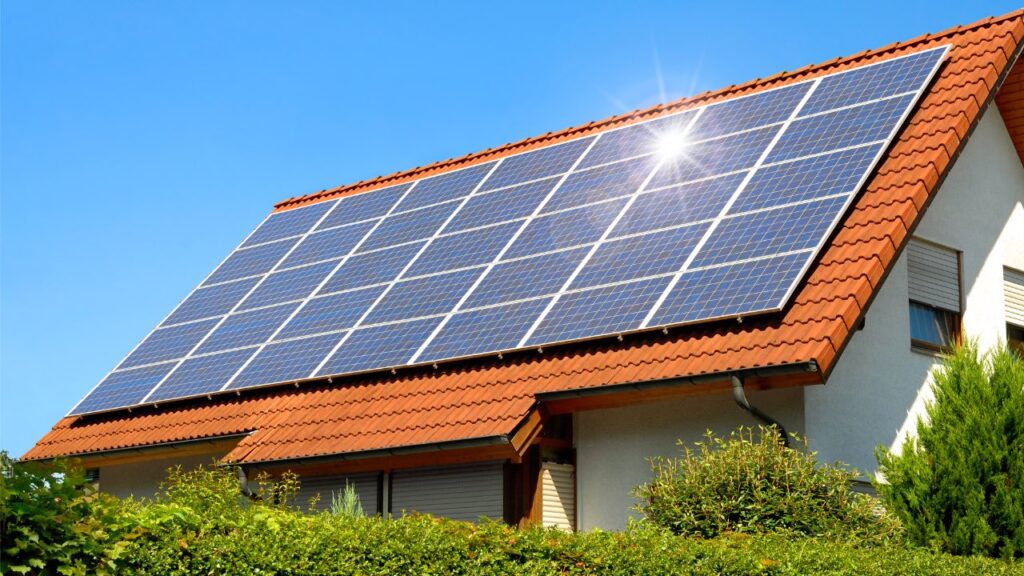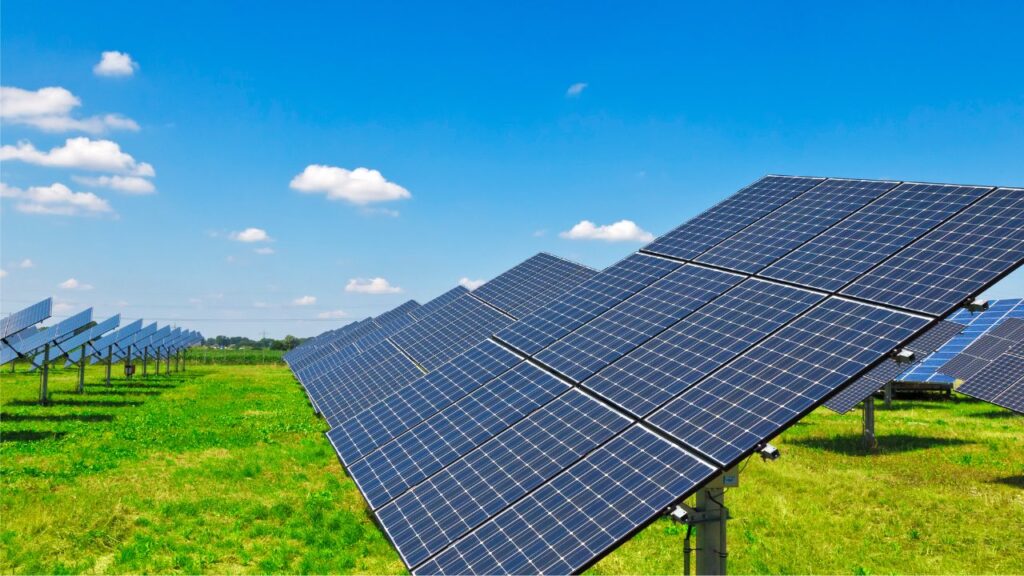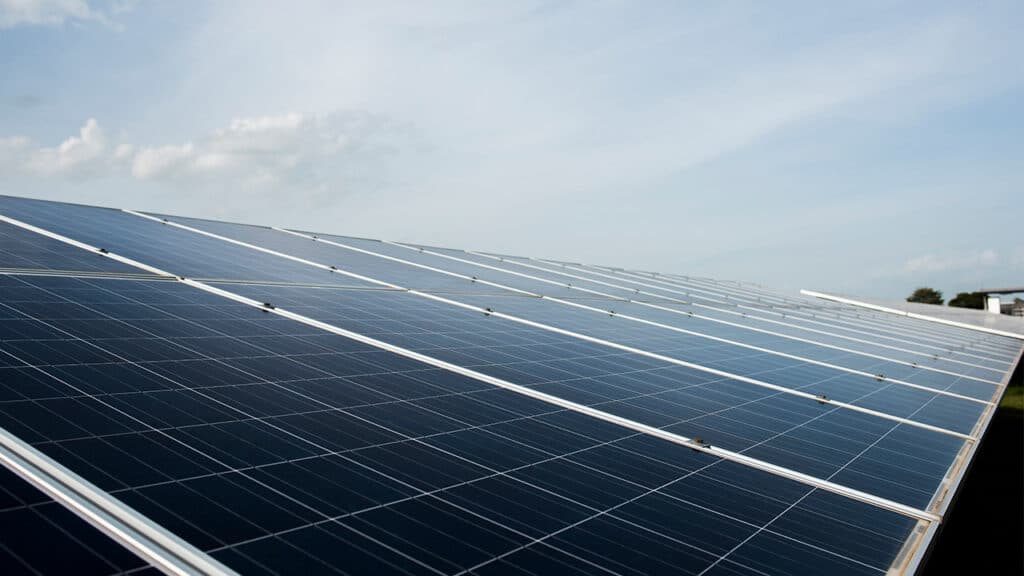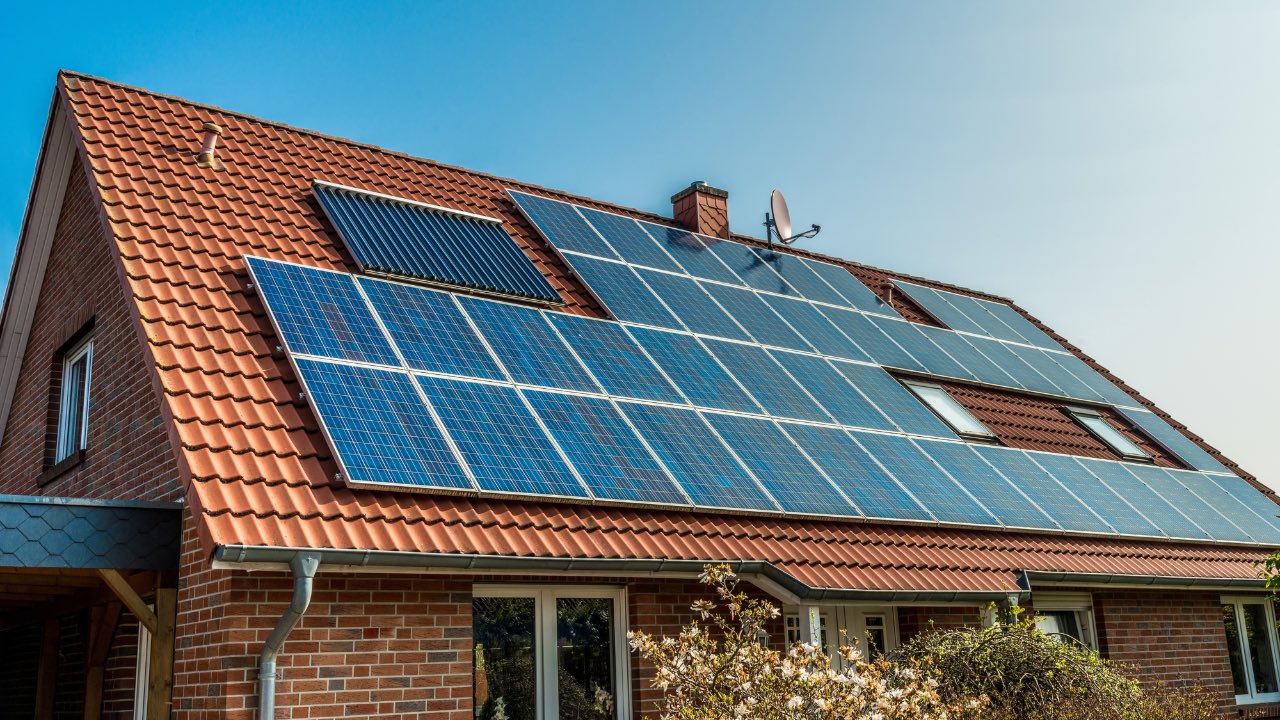The increase in bills that is affecting the entire Italian population has led to great interest in the photovoltaic system, already considered by thousands of families in recent years. But when you approach this world the questions are many: what is the cost of a photovoltaic system and how much it does save on your bill? How much energy does it produce and is it worth it? Let’s do some clarity.
How a photovoltaic system works
The photovoltaic system is an electrical system – formed by photovoltaic cells and inverters – which exploits the sunlight to produce energy through the photovoltaic effect. The latter occurs when a photon hits the photovoltaic cell and its energy is transferred to the electrons present on the silicon cells.
Electrons produce continuous electric current and the inverter of the plant has the task of transform it into alternating current that can be used to power the home. The current, in addition to powering all the electrical devices inside the house – from appliances to light bulbs – can be destined to recharge of storage batteriesto be able to use the energy at a later time.

What is the cost of a photovoltaic system
But how much does a photovoltaic system cost? There is no single and definitive answer to this question, as there are many factors affect the final cost. First of all it depends on the origin of the photovoltaic panels: there are companies that decide to manufacture and assemble outside Europe, with lower costs; companies that keep assembly only in Europe, with higher prices and finally companies that produce and assemble in our continent, with a consequent further increase in costs.
It also affects the material: as with any sector of the market, there is not just one type of product. Silicon, in particular, can be of different types and therefore lead to price changes. In addition to the type of silicon, it is also worth considering the efficiency of the photovoltaic panel. Obviously a high efficiency module, which achieves high power, will cost more than a less efficient panel.
To this is then added the cost of the supporting structure on which the photovoltaic panels are installed, which certainly cannot simply be placed on a roof or on the garden. Usually the panels are installed on the rooffollowing its inclination, and this installation is the least expensive.
The ground system is the most expensive, as it is necessary to anchor the panels and the structure well to the ground, usually a field or a large garden. Furthermore, in these cases, structures capable of are often used follow the sunas sunflowers do, rotating throughout the day to capture as much light as possible: this obviously increases costs.

The other costs to consider
In order to convert direct energy into alternating it is necessary to use the inverter. This too obviously has a cost and changes based on how advanced and technological it is: some in fact allow you to monitor energy production via smartphones. A storage system, where the unused energy can be stored in order to power the house in the evening and at night. To the total cost then you have to add other costs such as labor and electrical cables.
In total, the average price of a photovoltaic system goes up from 1500 to 2500 euros per kW, therefore a plant from 6kW – suitable for a family of 4 to 6 people – it will cost around 9000 to 15000 euros, with the storage system excluded. With the latter you can also get to 25.000 euro.
Photovoltaic system: is the cost an expense or an investment?
Now that we have analyzed the costs of a photovoltaic system, it is important to understand the advantages of this system. Solar panels allow you to produce energy and therefore power your home or business, so household appliances and other appliances will use this energy as their primary source. In case that is not enough, the appliances will access the storage systems and as a last resort they will absorb energy from the public grid, for a fee.
As long as the energy supplied by the photovoltaic system is enough, the meter will not charge any kWh consumed by the public network and this will result in a huge saving on your bill. Furthermore, the system will often produce energy that will not be exploited: imagine a couple who uses their home only in the evening after working hours. This energy can be “Sold” – in reality it is more of an exchange – to the grid at about € 0.10 per kWh. This can serve for recover the costs in the bill when the opportunity arrives instead to take energy from the public grid since that produced will not be sufficient.
As these implants are very durable, the initial expense is a real investment. Considering that it is possible to recover the initial cost in about 5-6 years, in fact, the remaining decades are only savings from all points of view.
How much does a photovoltaic system produce?
As for the cost, many factors affect energy production. In fact this depends on solar radiation, the inclination and orientation of the panels – for this reason the systems that follow the sun cost more -, the quality and technology of the modules and the maintenance. Obviously during the winter months the plant will produce less and the peak will be seen in the summer, especially in July.
If you are curious to have, in broad terms, a simulation of what a photovoltaic system could produce, you can visit this site. A 3kW photovoltaic system, therefore suitable for up to 3 people, located in Verona, tilted by 35 degrees and with an average loss of 14%, produces about 175kWh in the winter months and 458kWh in July, with an average of 320.45kWh per month.
A family of 3-4 people consumes just over 3000kWh per year on average. To get a more precise estimate you can check your latest electricity bill and check how many kW and kWh have been consumed in two months, and then multiply everything by 6 to get the average annual consumption. Obviously you have to take into account the various factors that affect the various months of the year, as well as making a distinction of fixed and variable costs in the bill. Then, by simulating the presence of a photovoltaic system, you can roughly have an estimate to understand if it could cover 100% of your energy needs.

Tax incentives for photovoltaics in 2022
In addition to saving in the bill, the photovoltaic system enjoys some incentives which allow to amortize the cost. Among these we find the Super bonusa tax deduction to 110% over 5 years introduced in 2020 and currently in the spotlight as it is widely criticized and discussed by Italian parties. This incentive is implemented when others are made main restructuring interventions with the aim of improving the energy efficiency of the home, such as replacing the classic boiler with a heat pump, which can also be powered by energy produced by solar panels. It is possible to obtain the 110% bonus on expenses up to 48,000 euros for the photovoltaic system (with a spending limit of 2,400 euros for each kW of nominal power) and also on expenses up to 48,000 euros for storage batteries.
Then there is the tax deduction at 50%, extended until the end of 2024, which does not require the Superbonus requirements such as renovations. This allows you to deduct half of the expenditure in ten years up to 96,000 euros, or to transfer your tax credit to a bank or an intermediary. This can also be done through discount on invoiceissued by the retailer, for a small commission.
To find out all the requirements and details of the various incentives, which are constantly modified, we recommend that you contact the retailers in the sector and professional technicians. These will carry out all the necessary checks and will be able to direct you to the facility and discounts suited to your needs.
Not just economic benefits
Ultimately there is no doubt that the photovoltaic system is an investment that will allow you to save a lot on your bills. Thanks to the incentives, then, it is possible to reduce costs even more, finally being able to become independent as regards energy. Furthermore, from an environmental point of view, solar energy is one renewable source that does not pollute and does not run out. The photovoltaic system is therefore an advantage from every point of view: it is good for nature and for those who use it.















Leave a Reply
View Comments